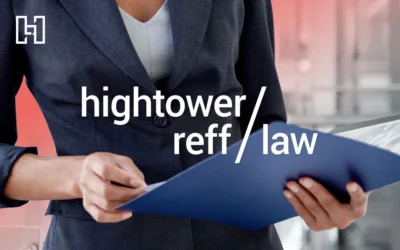Competing for organic traffic and impressions against more established brands? With the rise of zero-click search and Google machine learning, you have opportunities to get in front of people without ranking in top results. Publishing authoritative content with...
Digital Marketing
How DOT Physicals Page on Urgent Care Website Ranked in Competitive SERPs
Challenge: No Page for Popular Service Midlands Family Urgent Care lacked a dedicated service page for DOT physicals, meaning they were missing out on online visibility, website traffic, and brand recognition compared to competitors when users searched for this...
What Is Rich Content & Why Does It Matter?
In a comprehensive marketing strategy, plain text isn't enough—you need other types of media to engage users and create compelling content that performs well. Learn what rich content is, why it matters, and how it makes your content more competitive in this guide....
How Hurrdat Created a Stronger Blog Post Than Self Storage Client’s Competitor
Challenge: Content Gap Covered by High-Ranking Competitor Blog One of our client's competitors ranked well and generated keywords and traffic for a blog post about average car size dimensions. Because our client offers vehicle storage but had not already written...
Hightower Reff Law Improved Blog Performance with Hurrdat
Challenge: Blog Performance Plateau Hightower Reff Law approached Hurrdat wanting to boost their online visibility and attract more clients. After reworking their sales and organic landing pages, our agency identified key opportunities to reoptimize their existing...
Self Storage Company Achieved 3,300% Blog Growth with Hurrdat
Challenge: Build a Blog Strategy That Drives Organic Growth Struggling to find the best way to utilize their blog, Extra Space Storage turned to Hurrdat to start testing new content ideas and formats. After early success with these tests, Hurrdat collaborated with...
How Hurrdat’s Blog Strategy Improved Organic Traffic for Unison
Challenge: Low Organic Website Traffic Unison struggled to generate organic traffic and relied on paid ads for visibility. When they approached Hurrdat, the home equity lender wanted to drive qualified leads and increase organic traffic to their site. Our agency...
Top HubSpot Alternatives
HubSpot is a leading customer relationship management (CRM) system known for its all-in-one capabilities, but it's not the only solution on the market. If your business is searching for an alternative CRM tailored to your goals, here are the top eight HubSpot...
Top Mailchimp Alternatives for Email Marketing in 2025
Mailchimp is one of the most popular email marketing tools. However, your business may be looking for alternatives with lower prices, a simpler and more intuitive interface, or specific features that better suit your email marketing needs—like advanced segmentation...
Guide to Using YouTube Shorts for Business
In September 2020, YouTube first released YouTube Shorts—a short-form video-sharing platform made to compete with Instagram Reels and TikTok. Since then, the platform has continued to gain traction. Keep reading to learn more about Shorts, including how to create them...









